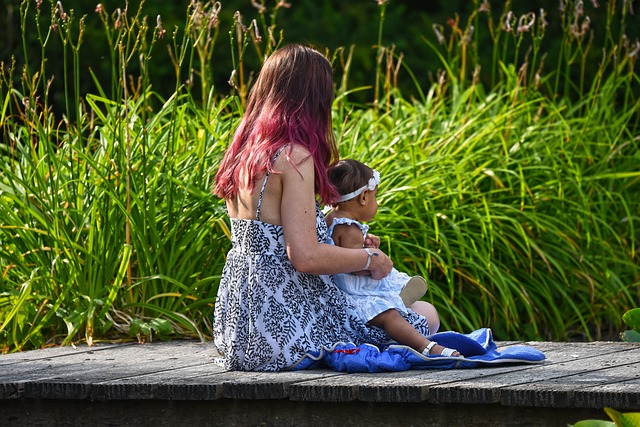Jon Kabat-Zinn provides an extended loving-kindness meditation that incorporates gratitude for the love of the people in your life who are close to you. It also involves self-love and kindness towards others who may have hurt you in the past.
Jon makes the point that engaging in loving-kindness meditation on a regular basis equips us to deal with the ups and downs of life. It especially enables us to tone down our anger or rage towards another person who may have hurt us. Our expression of gratitude and kindness helps us to restore equanimity in our lives.
Feeling the love
The loving-kindness meditation offered by Jon begins with capturing the essence of the love that a really close person in our lives shows toward us. It involves basking in the ways that this unconditional love is expressed towards us while appreciating what it means to be loved for who we are. Once we have captured these feelings of being loved, we can express kindness towards this person by repeating Jon’s words in a conscious, meaningful and personal way:
May they be safe and protected and free from inner and outer harm. May they be happy and contented. May they be healthy and whole to whatever degree possible. May they experience ease of well-being.
Loving-kindness towards yourself
Jon’s meditation moves onto expressing loving-kindness towards yourself. This involves moving beyond any negative thoughts, self-criticism or self-loathing and being open to loving yourself as you are, taking your cue from those who love you unconditionally.
It is often difficult to embrace self-love and kindness towards yourself but the practice develops a healthy self-regard that enables you to rise above the thoughts that would otherwise drag you down. The meditation involves recognition of your basic humanity. By using the above-mentioned kindness phrases towards yourself, you are wishing yourself safety, happiness, good health and overall well-being. In other words, you are being kind to yourself.
Loving-kindness towards someone who has hurt you
In the meditation that Jon provides, he progresses to having us think about someone who has actually hurt us in some way. He is not asking us to forgive that person but to acknowledge their basic humanity, just as we have done for our self. This entails moving beyond the hurt to expressing kindness to the person involved through using the kindness phrases provided above. This loving-kindness meditation helps to dissolve our hurt and anger and to see the person as connected to us through our universal humanity.
Expanding the field of loving-kindness
Jon suggests that the field of loving-kindness can be limitless. We can expand our focus in the meditation to include people in the immediate world around us or in the broader world – focusing on individuals or groups, e.g. expressing loving-kindness to people who are experiencing the trauma of a hurricane or to volunteers helping to fight poverty.
You do not have to extend your field of awareness during this form of meditation – you can choose to restrict your focus at any point. You may find, particularly with an extended meditation, that you become easily distracted. In this case, as Jon Kabat-Zinn suggests, you can notice your distracting thoughts and imagine them as bubbles that burst as they reach the surface of boiling water or burst as a result of you popping them.
Loving-kindness meditation helps you grow in awareness of, and gratitude towards, those around with whom you come into contact on a daily basis. It opens you up to appreciating the significant others in your life and to extending positive thoughts to the broader community, so that your awareness of your connectedness expands. This form of meditation can also help to reduce anger towards others who may have hurt you – it enables you to expand your response ability in the process. As you grow in mindfulness through loving-kindness meditation you increase your awareness of others and empathy towards them.
By Ron Passfield – Copyright (Creative Commons license, Attribution–Non Commercial–No Derivatives)
Image source: courtesy of rawpixel on Pixabay
Disclosure: If you purchase a product through this site, I may earn a commission which will help to pay for the site, the associated Meetup group and the resources to support the blog.





